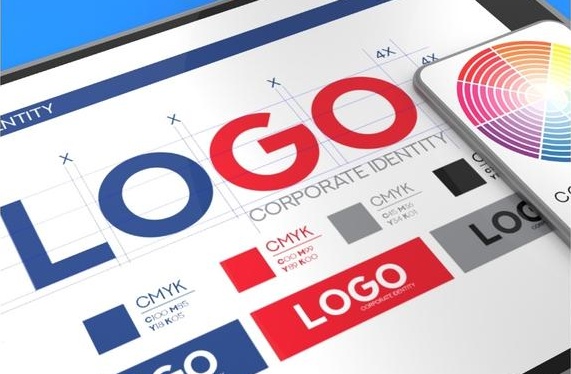The owner of a registered trademark acquires the exclusive right to use the sign in a commercial or professional manner in a particular territory. In the aforesaid context, the use means the following:
– Affixing the sign to the protected goods or their packaging, offering and placing these goods on the market, importing or exporting them, and storing them for the purpose of offering and placing them on the market, as well as offering or providing services under the mark;
– Placing the mark on documents related to the marketing of goods or related to the provision of services;
– Using it for advertising purposes.
A person, whose right of protection for a trademark has been infringed, may demand that the infringer desist from infringement, surrender the wrongfully obtained benefits, and in the case of a culpable infringement – also compensate for the damage caused on general terms, or by paying a sum of money in the amount corresponding to the license fee or other appropriate remuneration. The court, deciding on the infringement, may also decide to reveal to the public a part or the whole of its decision, or publish information about the decision. If the infringement is not culpable, the court may also order the infringer to pay an appropriate sum of money to the right holder. The court may also rule on the unlawfully designated goods being the property of the infringer, as well as the means and materials used to designate them, in particular the ruling may concern their withdrawal from the market, awarding the right holder a sum of money granted to his benefit, or destruction of the goods in question. As it can be seen, the catalog of claims available to the owner of a registered trademark is fairly wide.
It is frequently encountered that a third party’s registered trademark is used on another party’s website, thus causing a number of questions. Is this allowed and does such use constitute trademark infringement or not? What can be the consequences of such actions, and how to use someone else’s mark on one’s own website in order not to commit the infringement?
The current regulations do not explicitly indicate the possibility of placing someone else’s logo on one’s own website. The use of a logo, both in figurative and word-figurative form, in most cases requires the consent of the trademark holder. Such consent is usually given in the form of a license agreement.
However, there are several ways to legally use someone else’s logo on your own website.
The use of the logo of another party is permitted for informational purposes, provided that such informational purpose is sufficiently and clearly demonstrated. The use of a registered logo will not be prohibited if it is necessary to indicate the purpose of the goods, especially if the goods concerned are spare parts and accessories, or the services mentioned on the website are offered in relation to the protected goods designated with the logo. In other words, the display of someone else’s logo on one’s website must leave no doubt that its use is not for advertising of one’s own goods or services.
In a situation where another entrepreneur’s trademark is placed on a website, in order to avoid negative consequences, firstly, it must necessarily be related to the business of the website owner and properly inform the recipient of the nature and purpose of the goods or services in question. Secondly, the placed logo and the related additional information must not mislead customers about the origin of the designated goods and services.
For example, when running an online store, one can legally use registered trademarks of other parties, however it is necessary to pay attention to the proper way of displaying them.
The use of a mark on a website will not be in accordance with fair practices if it indicates or implies business, economic or legal connections between the owner of the website and the owner of the trademark, or it would infringe the mark by taking unjustified advantage of its distinctive character or reputation.
Legitimate use of a mark on a website is also permitted if there has been the so-called “exhaustion” of the right. Exhaustion of a trademark right occurs when the goods designated with the mark have been legally placed on the market by the owner of the mark (or with the owner’s consent) and real delivery of the goods has taken place. Such exhaustion occurs when the goods designated with the mark have been placed on the market in the territory of EEA (the European Economic Area). The introduction of goods bearing the trademark in question in any of the countries of the EEA results in the exhaustion of the right to the trademark throughout the whole territory of the EEA.
However, in justified cases, the trademark owner may oppose further distribution of goods despite exhaustion of the trademark right. This is the case when the condition of the goods changes or significantly deteriorates after they are placed on the market.
Placing a registered designation of another party on one’s own website may be burdened with the risk of some negative consequences, however by observing and implementing the above precautions, they can certainly be avoided.

Joanna Rafalska is a patent attorney in Trademark and Industrial Design Department at Patpol. She graduated from law at the Catholic University of Lublin, and completed post-graduate studies in intellectual property law at the Jagiellonian University. At Patpol, she supports the work related to obtaining and maintaining protection of trademarks and industrial designs of our clients. Contact with the author

